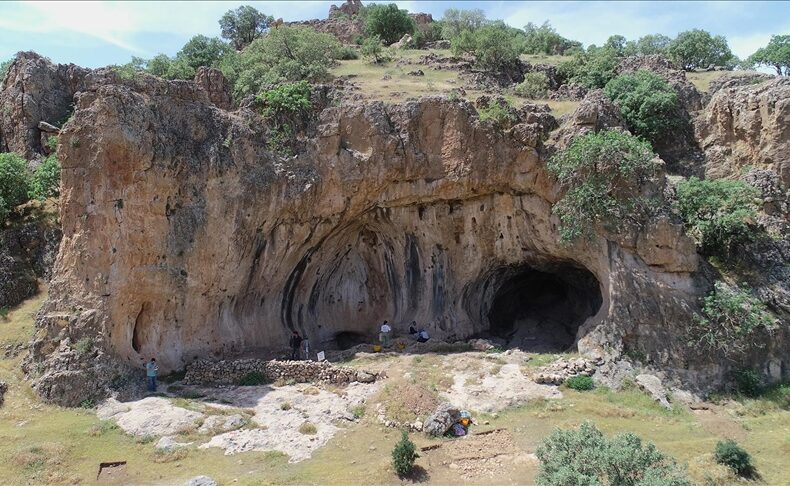
Traces of Humanity Stretch Back 400,000 Years: Striking Discoveries in Uluköy Cave
Archaeological excavations in Uluköy Cave, located in Mardin’s Kızıltepe district in southeastern Türkiye, have revealed evidence of human presence dating back 400,000 years. From obsidian tools to animal remains, the discoveries shed new light on the deep roots of human history in Anatolia.
The First and Only Cave Excavation in Northern Mesopotamia
Uluköy Cave, nestled in the Gurs Valley, is not only significant for Türkiye but is considered a scientific milestone for the entire Northern Mesopotamian region. Excavations have been ongoing since 2023, led by the Mardin Museum Directorate and under the scientific guidance of Assoc. Prof. Ergül Kodaş from Mardin Artuklu University.
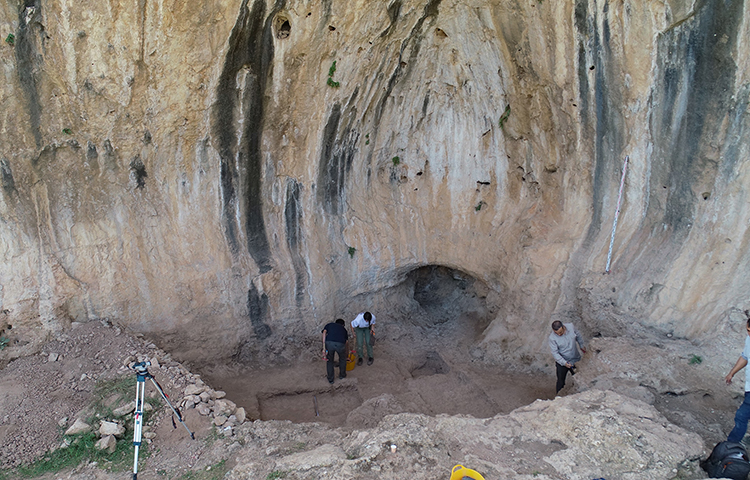
The cave, stretching 23 meters long and 16 meters deep, is being explored by a large team of archaeologists, anthropologists, and specialists, who are gradually uncovering layer upon layer of prehistoric occupation.
Obsidian Tools: Signs of Early Trade and Mobility in Anatolia
One of the most groundbreaking findings this season has been the obsidian tools unearthed in Middle Paleolithic layers—dating back to between 160,000 and 200,000 BCE. Previously thought to be associated only with later periods, the discovery of obsidian this early suggests that long-distance exchange networks and human mobility began much earlier in Anatolia than previously believed.
📣 Our WhatsApp channel is now LIVE! Stay up-to-date with the latest news and updates, just click here to follow us on WhatsApp and never miss a thing!!
This also points to Anatolia’s role as a crossroads of early human interaction, linking Mesopotamia, the Levant, and Central Asia.
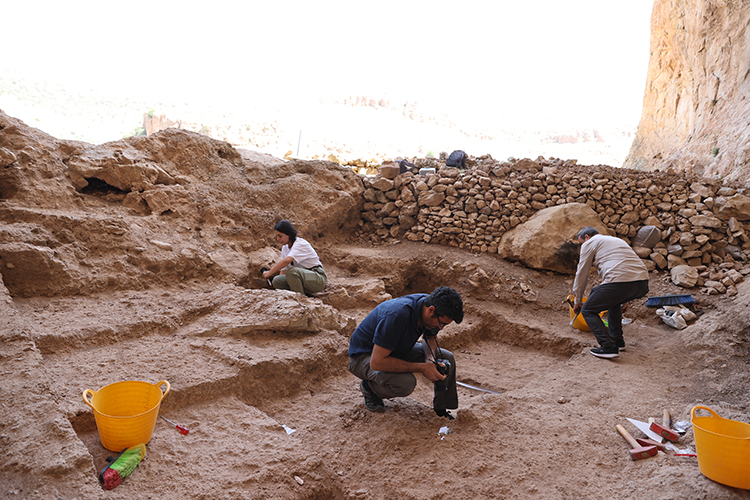
Stone Tools and Animal Bones Illuminate Daily Life
In addition to obsidian, the team discovered numerous stone tools and faunal remains from wild animals, providing valuable insights into the climate conditions, dietary habits, and survival strategies of Paleolithic communities.
All recovered materials are now being examined in specialized laboratories established within the Mardin Museum, enabling in-depth analysis of prehistoric lifeways.
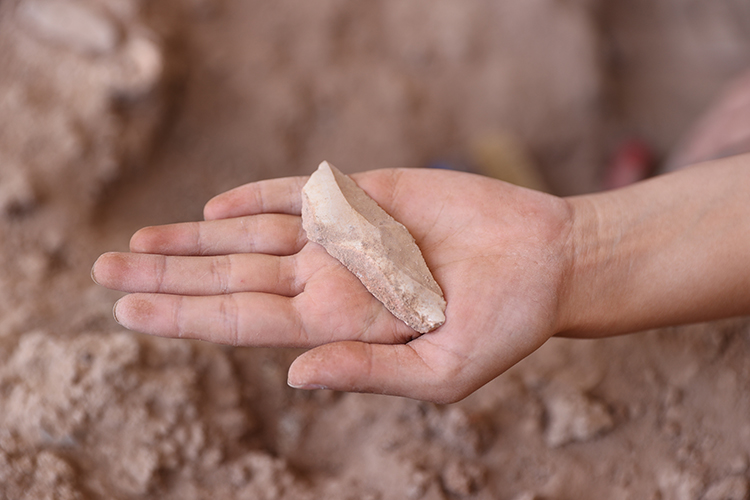
At Least Four Human Species May Have Lived Here
According to Assoc. Prof. Kodaş, traces of Homo erectus (late stage), Archaic Homo sapiens, Neanderthals, and early modern Homo sapiens have all been identified within the cave. This suggests that Uluköy Cave was continuously occupied for around 300,000 to 400,000 years, possibly serving as a strategic migratory hub for different hominin species moving across continents.
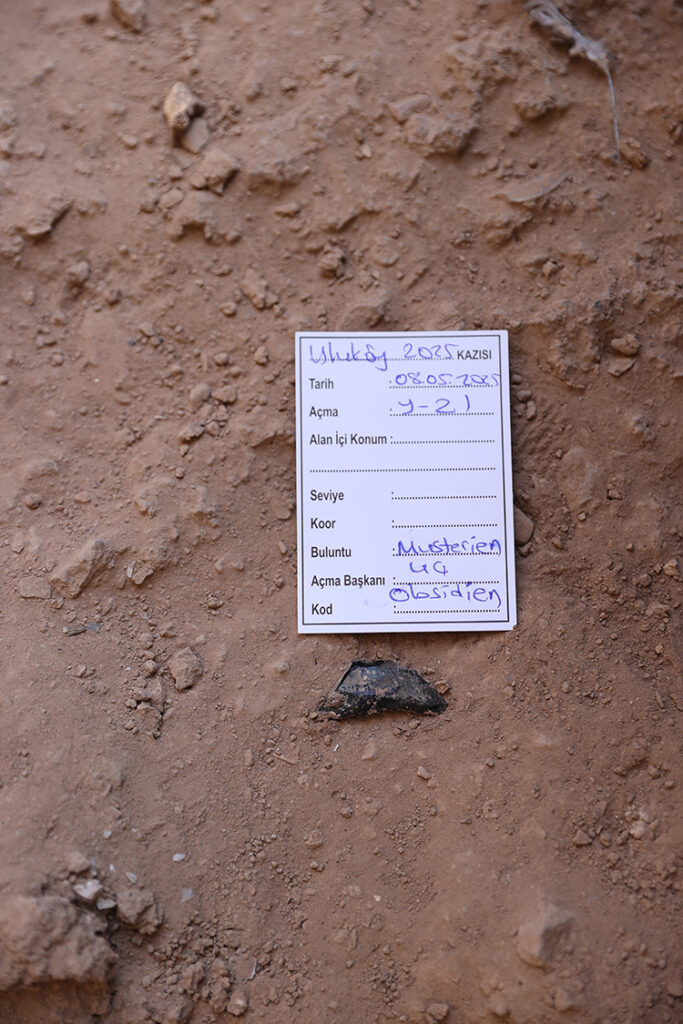
A Potential to Rewrite Prehistory
Given the scarcity of Paleolithic research in southeastern Anatolia and the fact that Uluköy is the region’s only active cave excavation, the findings are of exceptional importance. The data from Uluköy could reshape our understanding of human prehistory—not just in Anatolia, but across the entire Near East.
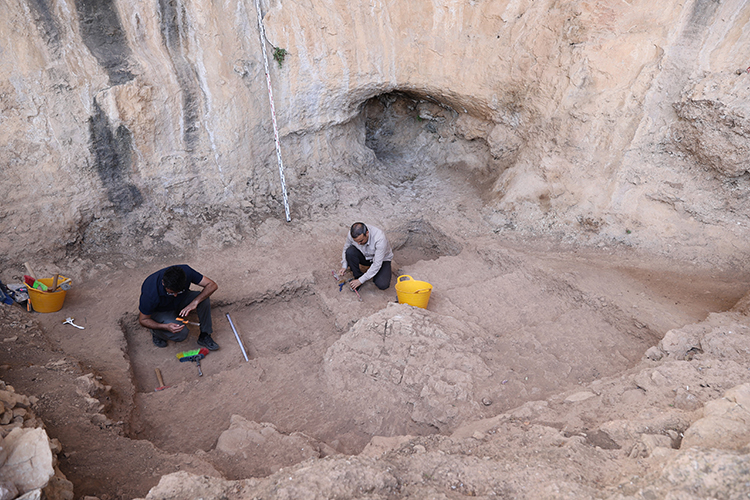
Conclusion: Anatolia’s Ancient Witness to Human Evolution
The discoveries at Uluköy Cave confirm Anatolia’s role as a crucial corridor in the story of early humanity. With every layer unearthed, the site continues to illuminate our species’ journey through time, offering new perspectives on how humans lived, moved, and evolved in this part of the world.
Cover Image Credit: Halil İbrahim Sincar/AA
You may also like
- A 1700-year-old statue of Pan unearthed during the excavations at Polyeuktos in İstanbul
- The granary was found in the ancient city of Sebaste, founded by the first Roman emperor Augustus
- Donalar Kale Kapı Rock Tomb or Donalar Rock Tomb
- Theater emerges as works continue in ancient city of Perinthos
- Urartian King Argishti’s bronze shield revealed the name of an unknown country
- The religious center of Lycia, the ancient city of Letoon
- Who were the Luwians?
- A new study brings a fresh perspective on the Anatolian origin of the Indo-European languages
- Perhaps the oldest thermal treatment center in the world, which has been in continuous use for 2000 years -Basilica Therma Roman Bath or King’s Daughter-
- The largest synagogue of the ancient world, located in the ancient city of Sardis, is being restored

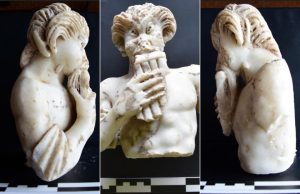
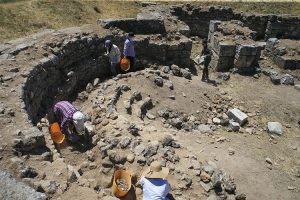
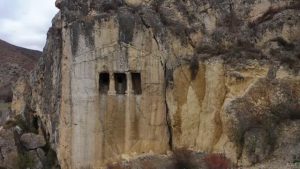
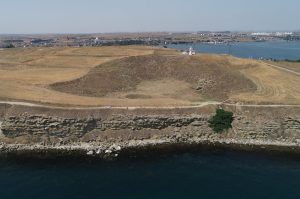
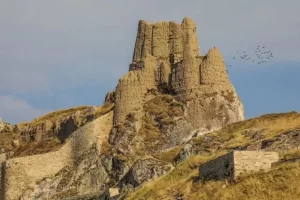
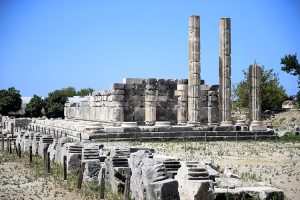
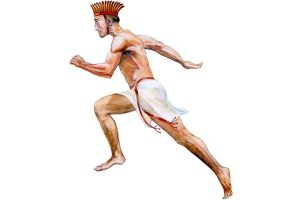

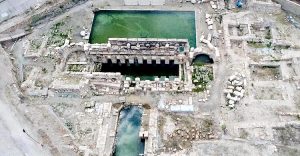
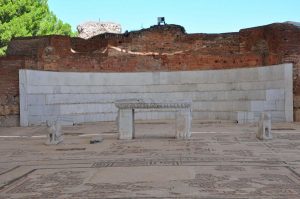
Leave a Reply